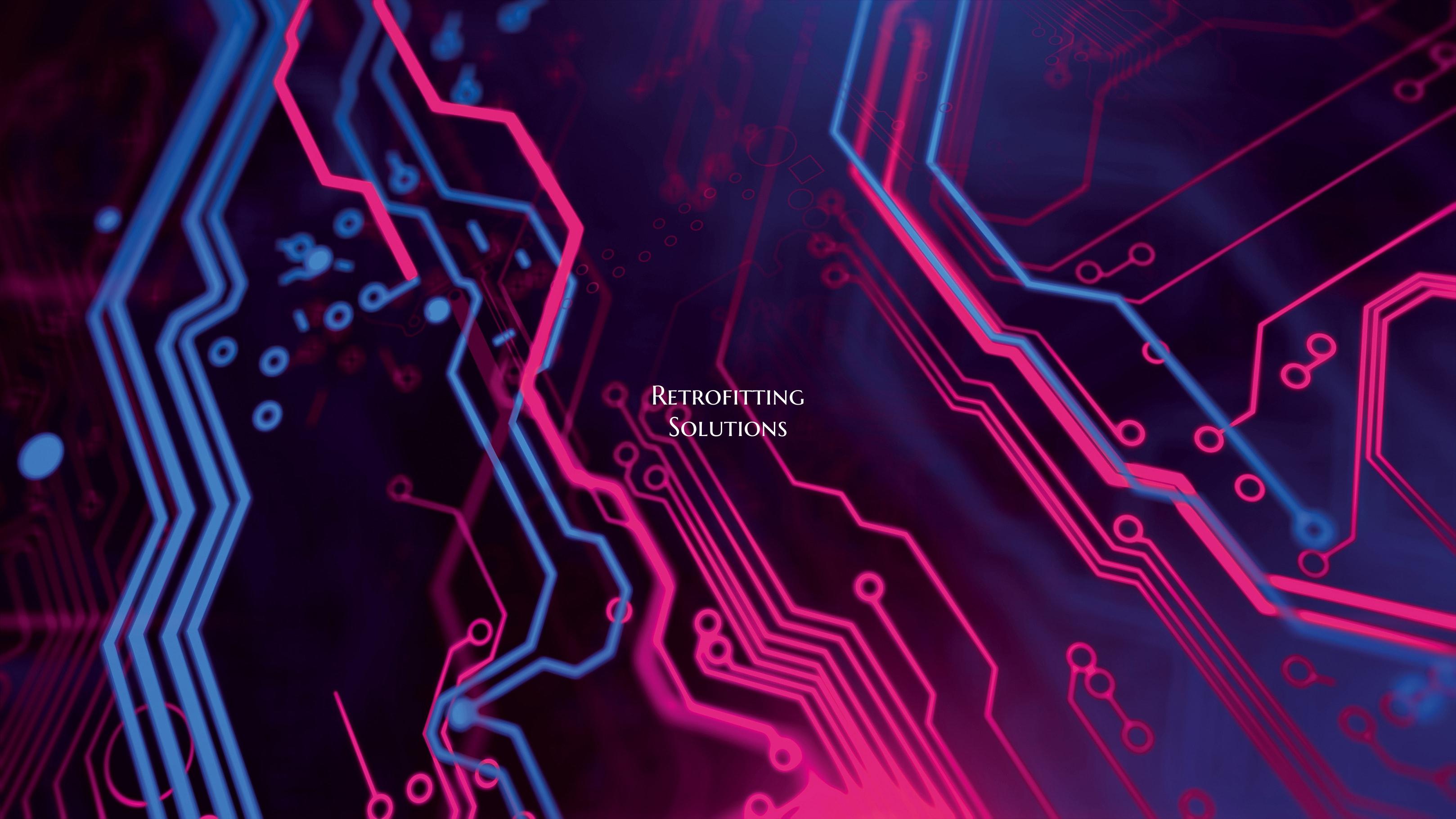Retrofitting Solutions
In the ever-evolving world of construction and infrastructure development, the concept of retrofitting solutions has gained significant traction in recent years. Retrofitting involves the process of upgrading or modifying existing structures to enhance their performance, sustainability, safety, and overall functionality. This approach is gaining popularity as a cost-effective and sustainable alternative to building new structures from scratch. Retrofitting solutions encompass a wide range of strategies and technologies tailored to address specific needs and challenges across various industries and sectors.
One of the key drivers behind the adoption of retrofitting solutions is the pressing need to improve the resilience and efficiency of aging infrastructure. Many buildings, bridges, roads, and utilities are in need of upgrades to meet modern standards for safety, energy efficiency, and environmental sustainability. Retrofitting offers a practical way to extend the lifespan of existing assets, reduce maintenance costs, and minimize environmental impact. By implementing retrofitting solutions, stakeholders can optimize the performance of their infrastructure while minimizing disruption to ongoing operations.
There are several types of retrofitting solutions available, each designed to address different aspects of a structure's performance. Structural retrofitting, for example, focuses on reinforcing buildings and bridges to withstand seismic activity or extreme weather events. This can involve the installation of additional support systems, such as braces or dampers, to enhance the structural integrity of the building. Energy retrofitting, on the other hand, aims to improve energy efficiency by upgrading insulation, windows, HVAC systems, and lighting fixtures. By reducing energy consumption, buildings can lower their carbon footprint and operating costs.
In addition to structural and energy retrofitting, there are retrofitting solutions that focus on enhancing safety, accessibility, and functionality. For example, retrofitting projects may include the installation of modern security systems, fire suppression equipment, or ADA-compliant features to improve accessibility for individuals with disabilities. By integrating smart technologies and sensors, retrofitting solutions can also enable predictive maintenance and real-time monitoring of building performance.
Overall, retrofitting solutions offer a sustainable and cost-effective approach to upgrading existing infrastructure and buildings. By implementing tailored retrofitting strategies, stakeholders can unlock hidden value in their assets, improve operational efficiency, and create safer, more resilient structures for the future. As the demand for sustainable development continues to grow, retrofitting solutions will play a crucial role in shaping the built environment and driving innovation in the construction industry.

